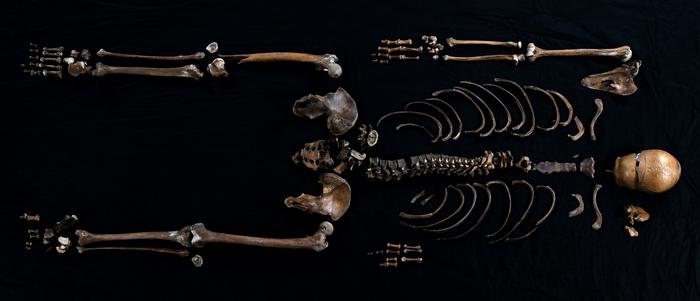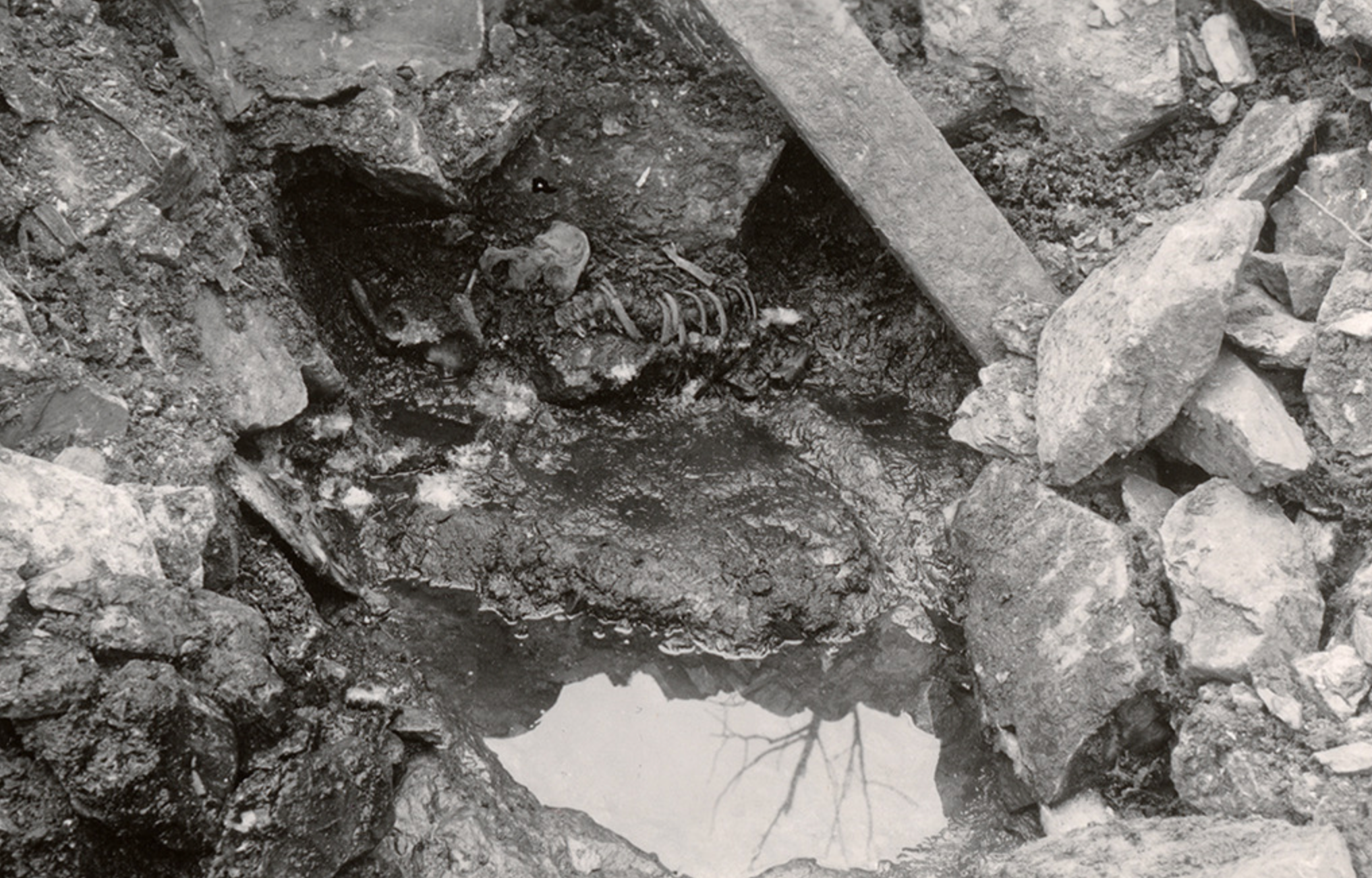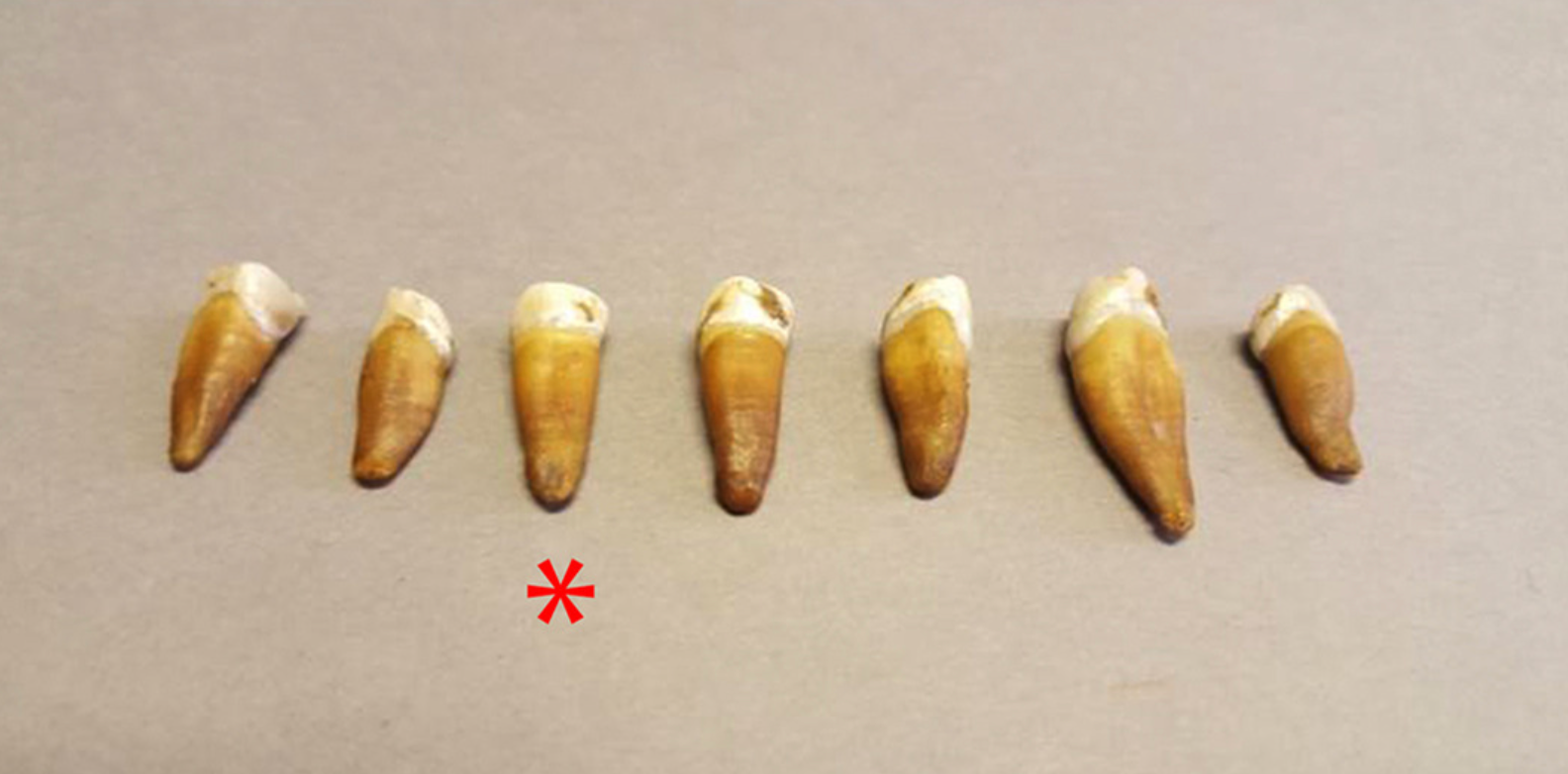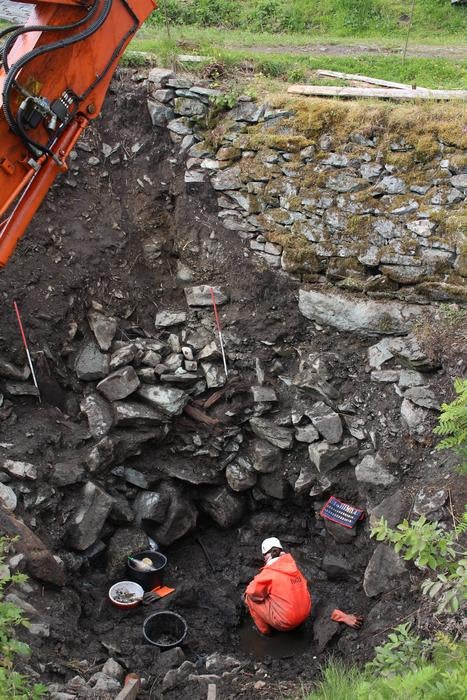Remains of mysterious Norse ‘well man’ of lore reveals secrets of medieval biological warfare
Intent to throw dead body into well was likely to render castle uninhabitable, scientists say
Your support helps us to tell the story
From reproductive rights to climate change to Big Tech, The Independent is on the ground when the story is developing. Whether it's investigating the financials of Elon Musk's pro-Trump PAC or producing our latest documentary, 'The A Word', which shines a light on the American women fighting for reproductive rights, we know how important it is to parse out the facts from the messaging.
At such a critical moment in US history, we need reporters on the ground. Your donation allows us to keep sending journalists to speak to both sides of the story.
The Independent is trusted by Americans across the entire political spectrum. And unlike many other quality news outlets, we choose not to lock Americans out of our reporting and analysis with paywalls. We believe quality journalism should be available to everyone, paid for by those who can afford it.
Your support makes all the difference.Archaeologists have reconstructed the skeleton and DNA of the Norse “well man” of lore whose remains were thrown into a well, likely to poison a castle’s main water source during a military raid.
The findings corroborate with the Norse Sverris Saga, an 800-year-old story of King Sverre Sigurdsson, according to researchers from the Norwegian University of Science and Technology.
The saga describes a military raid in 1197AD, during which a body was thrown into a well at Sverresborg Castle, outside Trondheim in central Norway.
“This is the first time that a person described in these historical texts has actually been found,” archaeologist Michael Martin, who was part of the discovery, said in a statement.
In the study, published on Friday in the journal iScience, researchers used ancient DNA to corroborate the events of the saga and discovered further details about the elusive “well man”.

The elusive medieval man’s bones were first found in the well at Sverresborg Castle, but researchers lacked the tools at the time to do much aside from visual analysis.
Now, using new techniques like advanced gene-sequencing technology and radiocarbon dating, scientists could craft a more intricate picture of who the Well-man was.
“There are a lot of these medieval and ancient remains all around Europe, and they’re increasingly being studied using genomic methods,” Dr Martin said.
New analysis confirms that the body is about 900 years old, adding to previous findings from 2014 and 2016 which concluded that the body belonged to a male who was between 30 and 40 years old at the time of death.
The latest findings also suggest that the “reality” of the well man is “much more complex” than the ancient text.
According to the lore, Norwegian king Sverre Sigurdsson was wintering in Bergen in 1197AD when Baglers launched a sneak attack at Sverresborg Castle built by Sverre.

The saga describes the Bagler army entering the castle through a secret door and plundering, raiding the castle, and burning every house inside, sparing the residents only the clothes they were wearing.
It also claims that the invading army threw a dead man’s body down the local drinking well inside the castle and filled it with boulders.
Centuries later, excavations of the well in 1938, unearthed a body of an unidentified individual at the base of the well below an aggregation of large stones.
Archaeologists found that this was likely the “well man”, and discovered that he may have been killed by blunt force injury and two sharp force cuts to the skull.
“While we cannot prove that the remains recovered from the well inside the ruins of Sverresborg Castle are those of the individual mentioned in Sverris Saga, the circumstantial evidence is consistent with this conclusion,” scientists wrote.
Researchers used samples of a tooth from this man’s skeleton to sequence his genome.
Large quantities of available reference data of the genomes of modern-day Norwegians helped conclude the man’s ancestry.

“Those reference data are literally thousands of genomes of modern Norwegians and many thousands of other European genomes,” Dr Martin said.
The findings add to the historical text with predictions about the Norse man’s physical appearance.
Scientists could determine that the man most likely had blue eyes and blond or light-brown hair, and his ancestors likely hailed from the southernmost Norwegian county of present-day Vest-Agder.
This finding is also “surprising”, according to researchers.

The defeated holders of the castle were King Sverre’s Birkebeiners thought to have been mainly from central Norway.
Previous theories assumed that the man was a central Norwegian, from the losing side of Birkebeiners.
And the invading victors, the Baglers from the south of Norway, were described as having thrown the man into the well.
However, the new findings “unequivocally” show that the well man’s ancestry was typical of the present-day population of Vest-Agder in southern Norway.
“Perhaps the Baglers threw one of their own dead into the well,” scientists concluded.
The intent to throw a dead body into the well was likely to “render the castle undefendable and uninhabitable for King Sverre and his followers,” they say.
“Throwing a body into the well was an attempt at biological warfare,” researchers noted.

Join our commenting forum
Join thought-provoking conversations, follow other Independent readers and see their replies
Comments